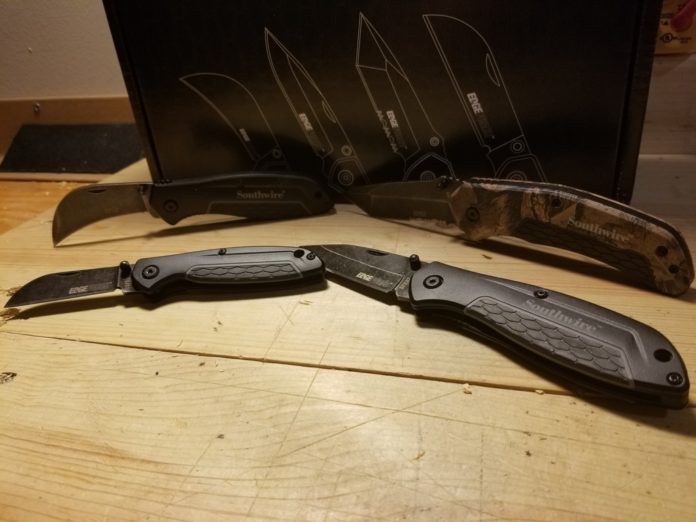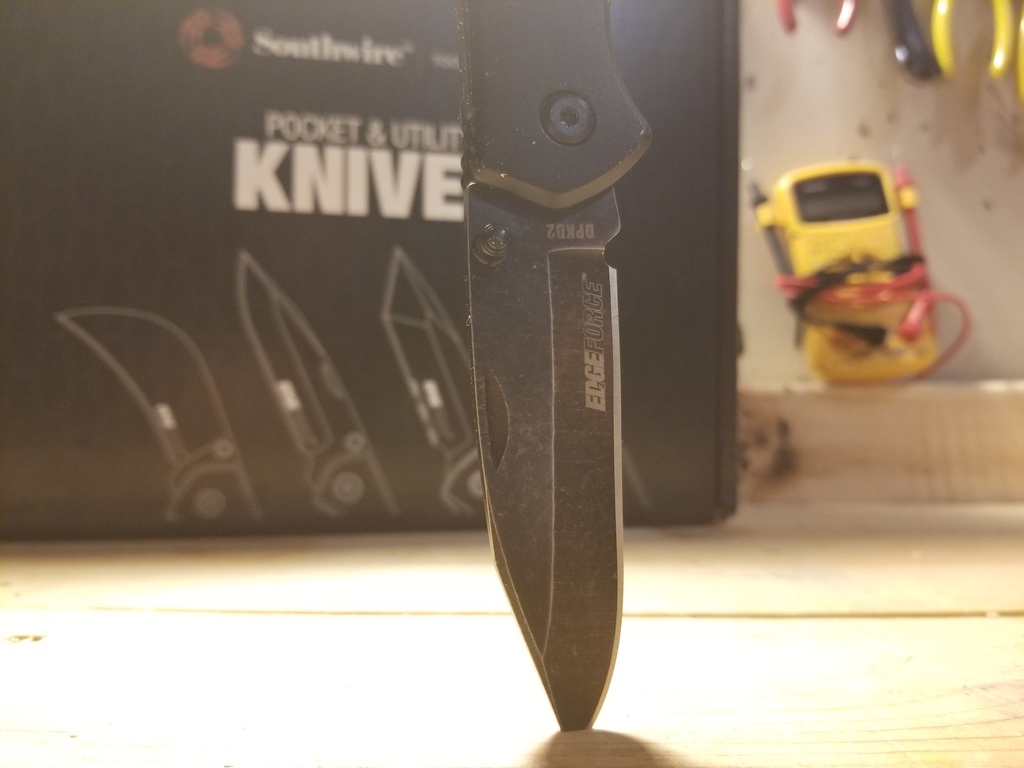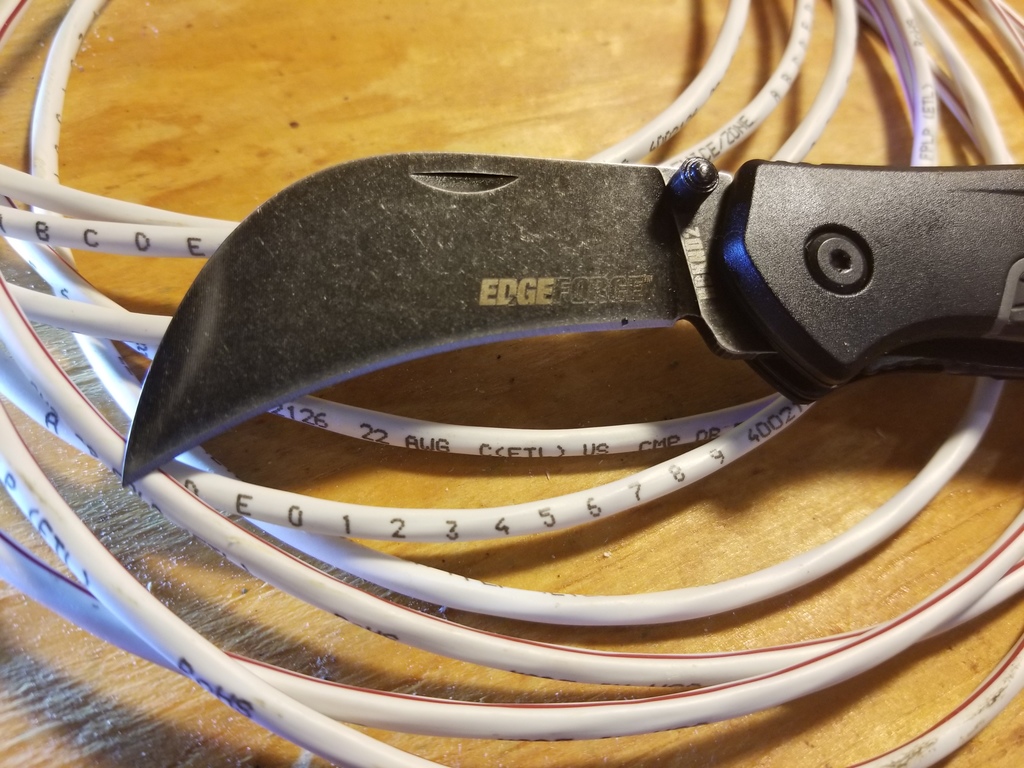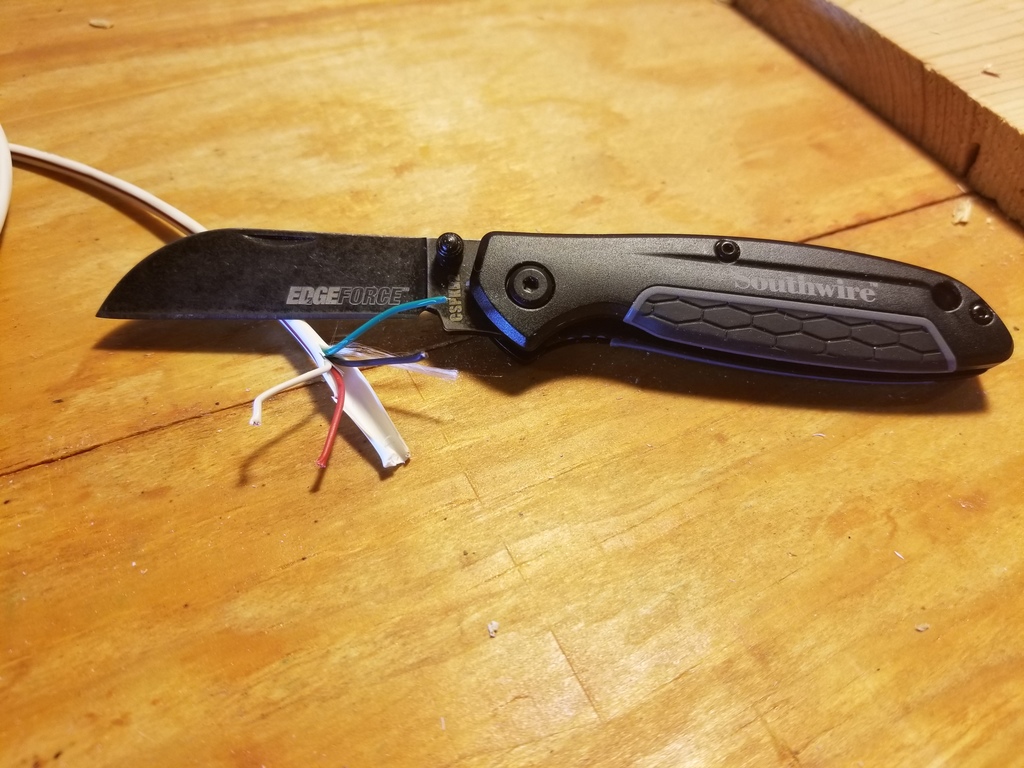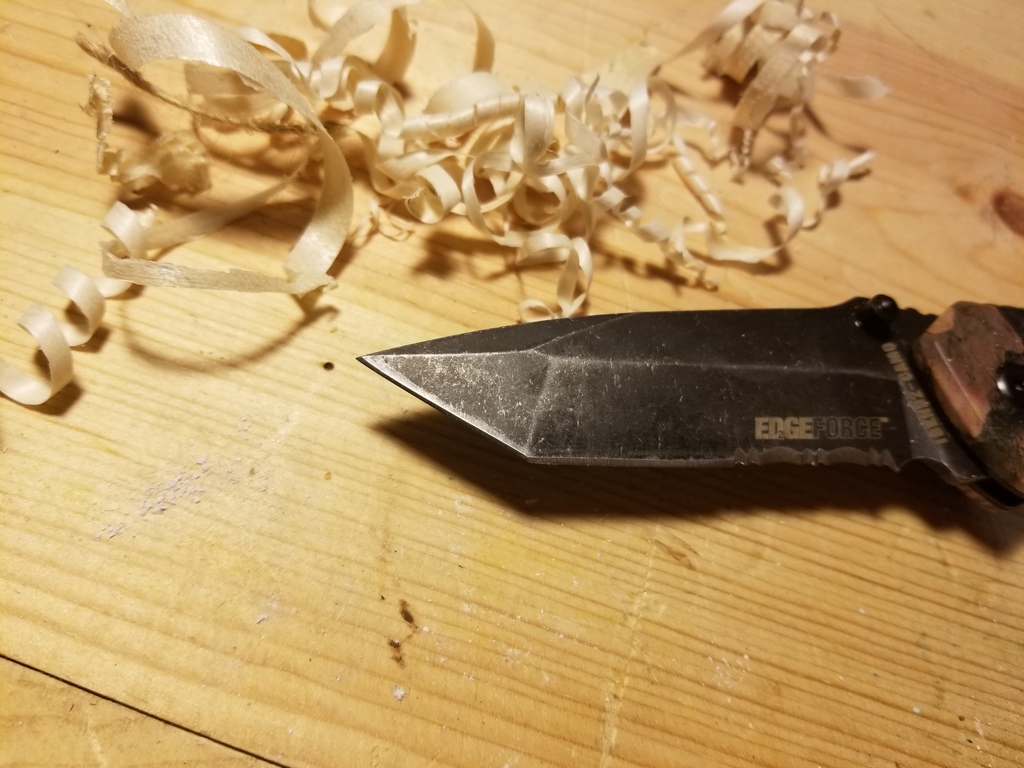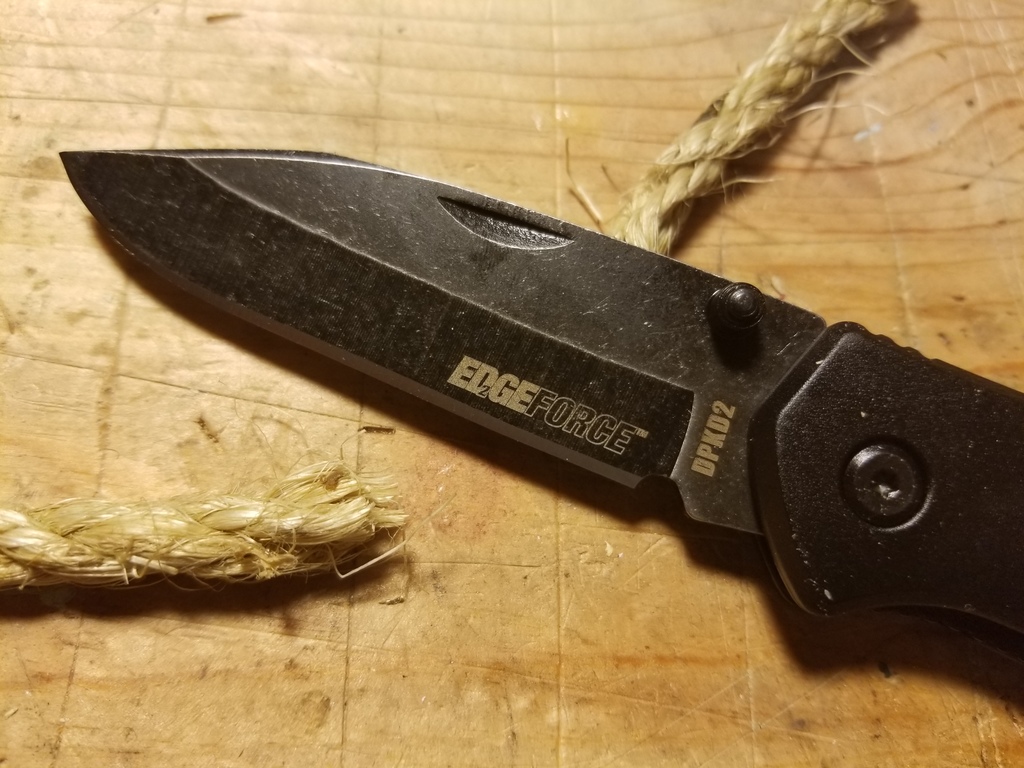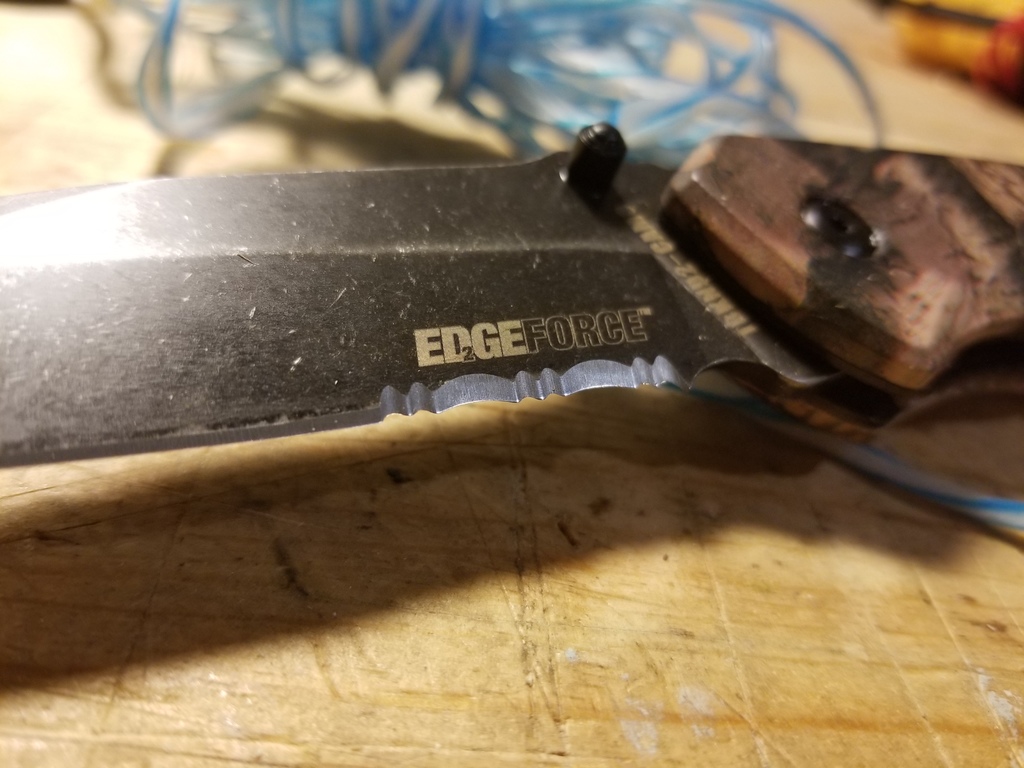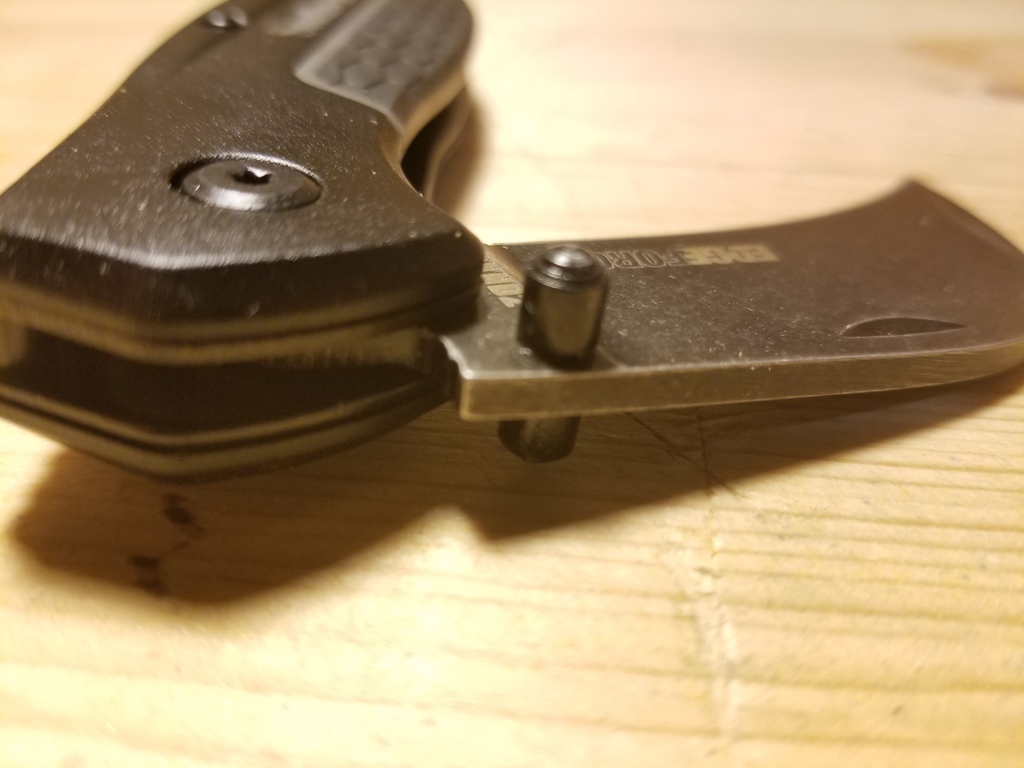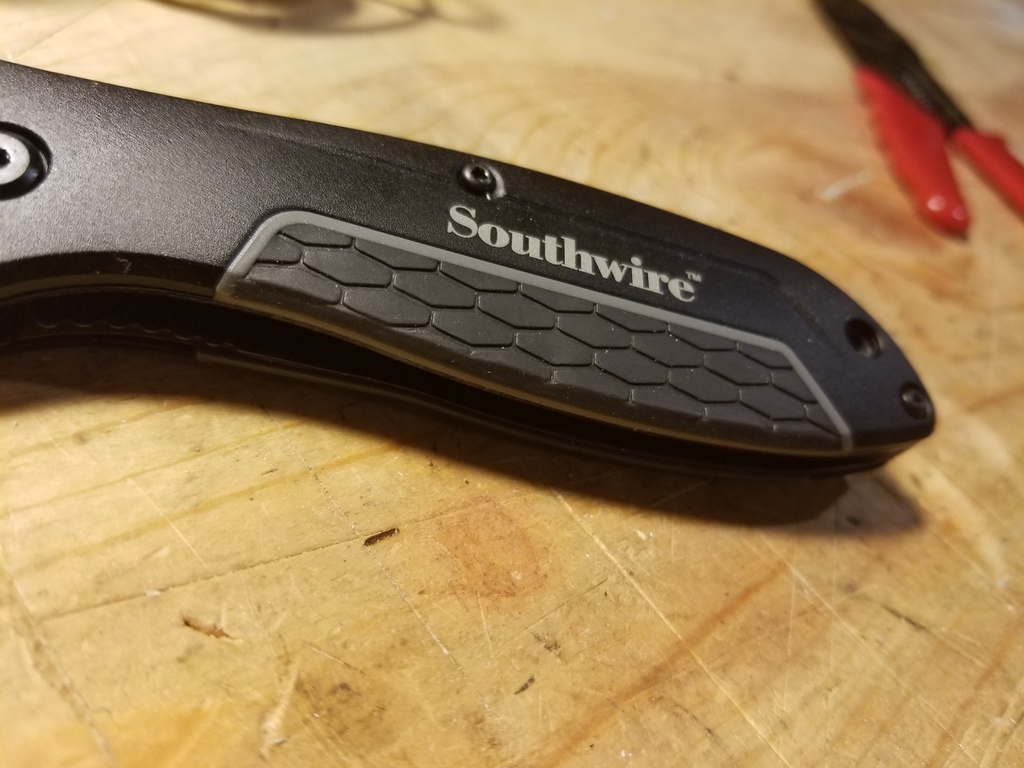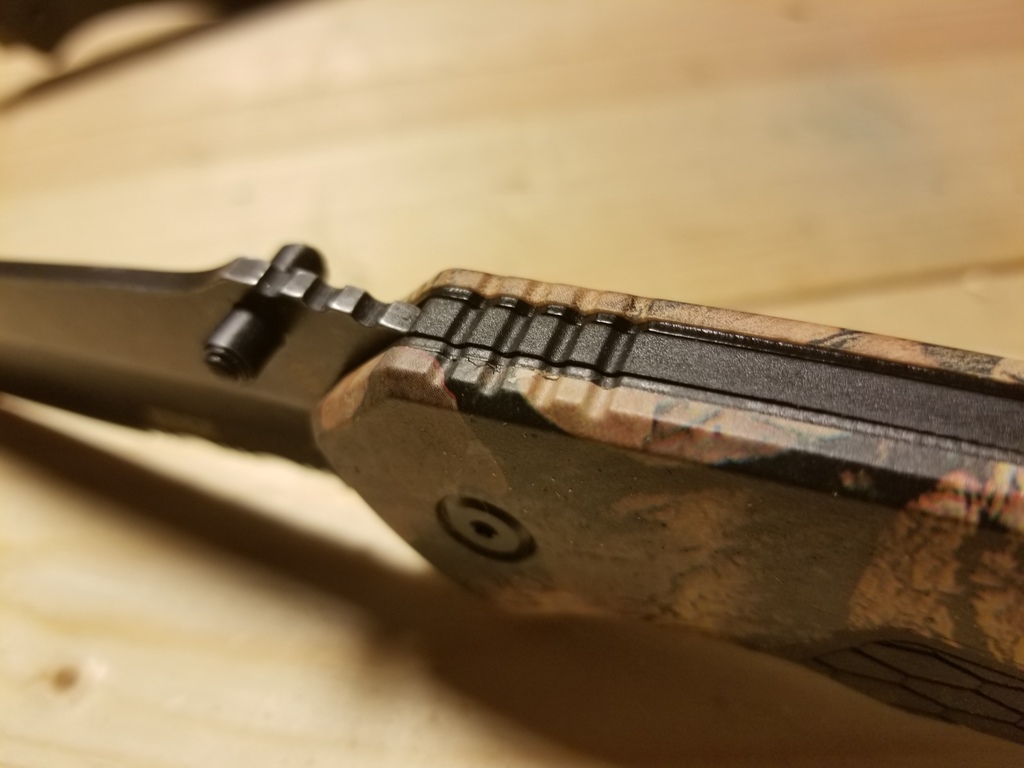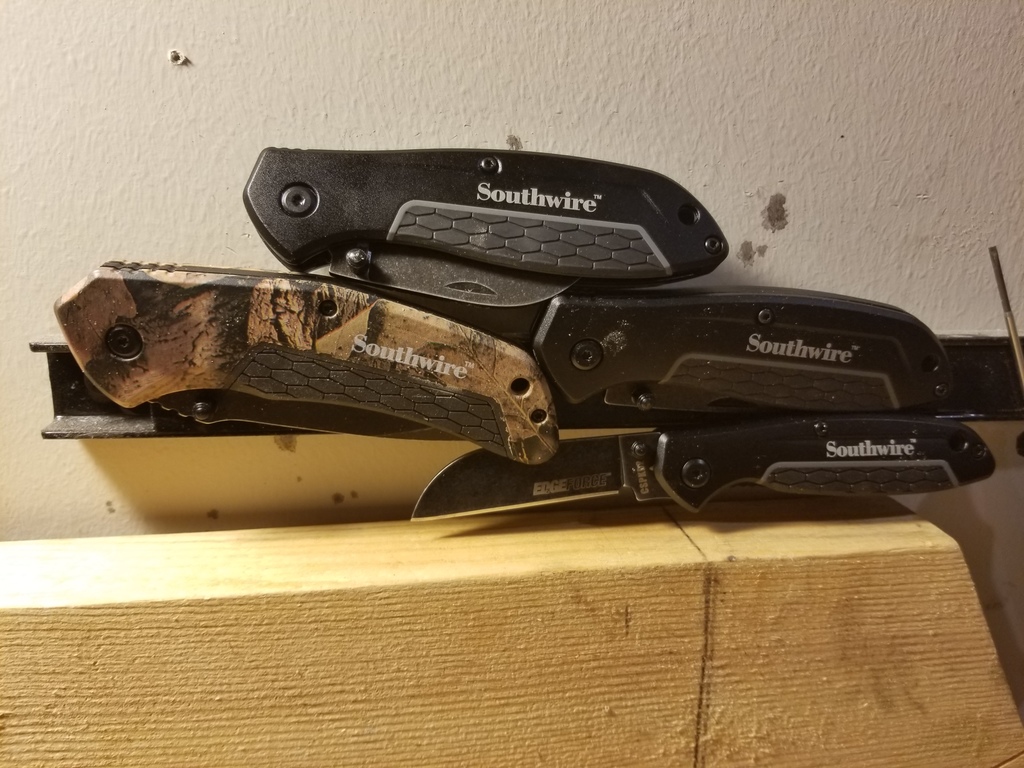For generations, knives have been a go-to must-have tool for the tradesperson to keep in their pocket. No matter what line of work, I feel like everyone should always have a knife on them – even if you’re simply clipping a rogue shirt thread. But of course, we could get into a million uses based on what you do, or don’t do on a daily basis and how it’s relevant. Simply put, a knife is a valuable tool. Regardless of what’s going on, something usually always needs cut open, trimmed, or scraped. With all of this in mind, when it comes time to go shopping for your new sharp sidekick, what should you look for? Sure, your trade or frequent tasks dictate much of this, but if you’re not so familiar with knives or their features, we’ve got you covered. Let’s dig into Pocket Knife Features 101 and explore a few common knife features.
With the help of our friends at SouthWire Tools and their new line of EdgeForce knives, we can show you exactly what you’ll be looking out for!
Pocket Knife Features 101 – Blade Type
As we’ve previously mentioned, what you’re doing will dictate much of what blade shape you prefer to carry. Some blade types are more versatile than others, so keep this in mind when making your selection!
Hawkbill
The hawkbill certainly looks interesting at first glance. In particular, it is widely used by carpet layers and laborers who need to tear through thick material. The standout feature of the hawkbill is its curved blade. This inside curve allows for precision cutting if you need to trim or strip wire jackets down.
Sheepsfoot
More commonly known in the trades as an “electricians blade”, the sheepsfoot has always been popular with the sparkies. The reason being is it’s straight blade and steeply curved business end, ultimately meeting right at the blade face. This shape is very handy for cutting wire jackets to reveal the various conductor wires inside. But it doesn’t end there; the sheepsfoot is handy for marking timbers, breaking down boxes, and cutting other things common to the job site.
Tanto
The tanto mostly resembles the shape of a common “Stanley knife” or box cutter style. Perfect for marking timber, cutting boxes, or perforating drywall, the tanto is truly the most versatile blade shape in this lineup. I can’t remember a time when the tanto blade wasn’t my every day carry.
Spearpoint
Spearpoints are pretty self-explanatory. Want to stab through a thick plastic bucket, or penetrate a 55-gallon drum for whatever reason? Look no further! Other than sticking things, the spearpoint is a pretty handy blade shape that comes in handy particularly when “slicing” is your duty of choice. Whether this is a thick material, or not, spearpoints will have your job covered!
Pocket Knife Features 101 – Other Features
Sure, blade shape is important. But what other features should you look for when selecting your new blade? There are certainly a select few below that could make things a lot easier when using your knife.
Serrations
Although they can be a challenge to sharpen, serrations are great for cutting and tearing through rope or thick material. And however unlikely, serrations can also be used to saw through things as well!
Thumb Stud
Being able to open your knife with one hand will be very important. This is exactly why a thumb stud is important on a pocket knife. Given that the ergonomics of the knife allow you to grip reliably, having a prominent thumb stud can give you the ability to quickly deploy the blade while using, or having your other hand free.
Grip
Regardless of the type of material used for the grip, it’s important that the knife provides a good purchase on your palm. Look for something that will still be grippy when your hands are sweaty or oily so you can ensure the safest grip possible.
Also, be on the lookout for grooves cut into the area where your thumb would naturally lay on the knife grip. These grooves are commonly referred to as “jimping”, and will reduce slippage of your hand. These pointers will be key in your purchase decision, no pun intended!
Steel
The new Southwire EdgeForce knives use the reliable and sharp D2 steel, a great flagship stainless steel known for its great edge retention and general sharpness. When you’re looking for your knife, look for something that will hold its edge up to tough tasks. Now, these steels may be a bit harder to sharpen. However, the longevity of the edge will be much better than softer steels. Softer steels do however provide an easier sharpening experience, but of course with the tradeoff off lesser edge retention.
Pocket Knife Features 101 – Final Thoughts
If you consider all of the above factors when evaluating your decision for a new pocket knife, there’s no doubt that you will select something fitting. Often times, DIY’ers and pros end up with a drawer full of knives (like me) and will eventually just collect them. After many years of going through different blade types, steels, and features, I still haven’t found something perfect for every situation. But I’ve gotten close many times, and you can too! Thanks again to our friends at Southwire for the awesome blades!
If you are interested in purchasing the knives we mentioned in this article, here are the links to these Southwire EDGEFORCE knives on Amazon.
Sheepsfoot Pocket Knife $28.78

